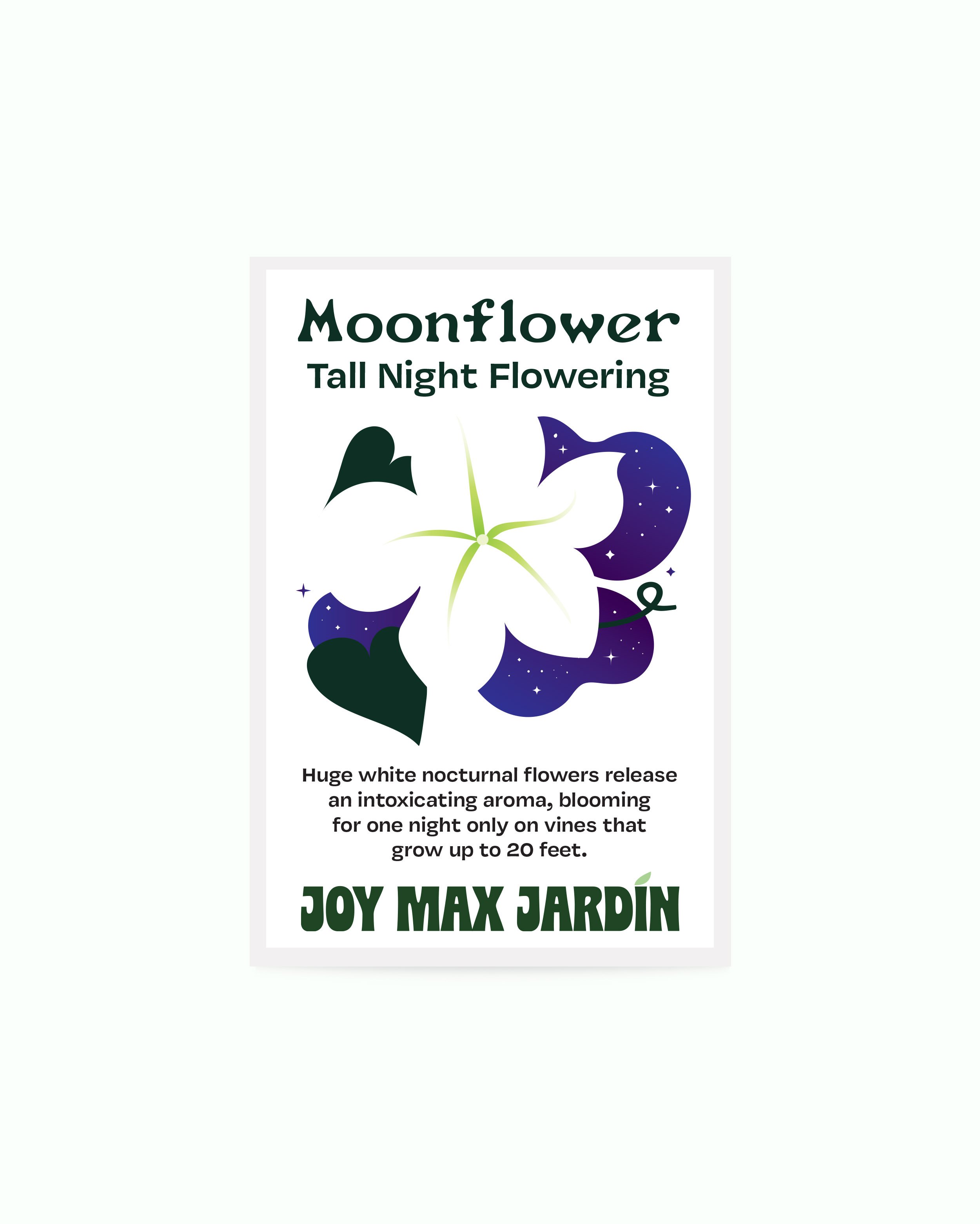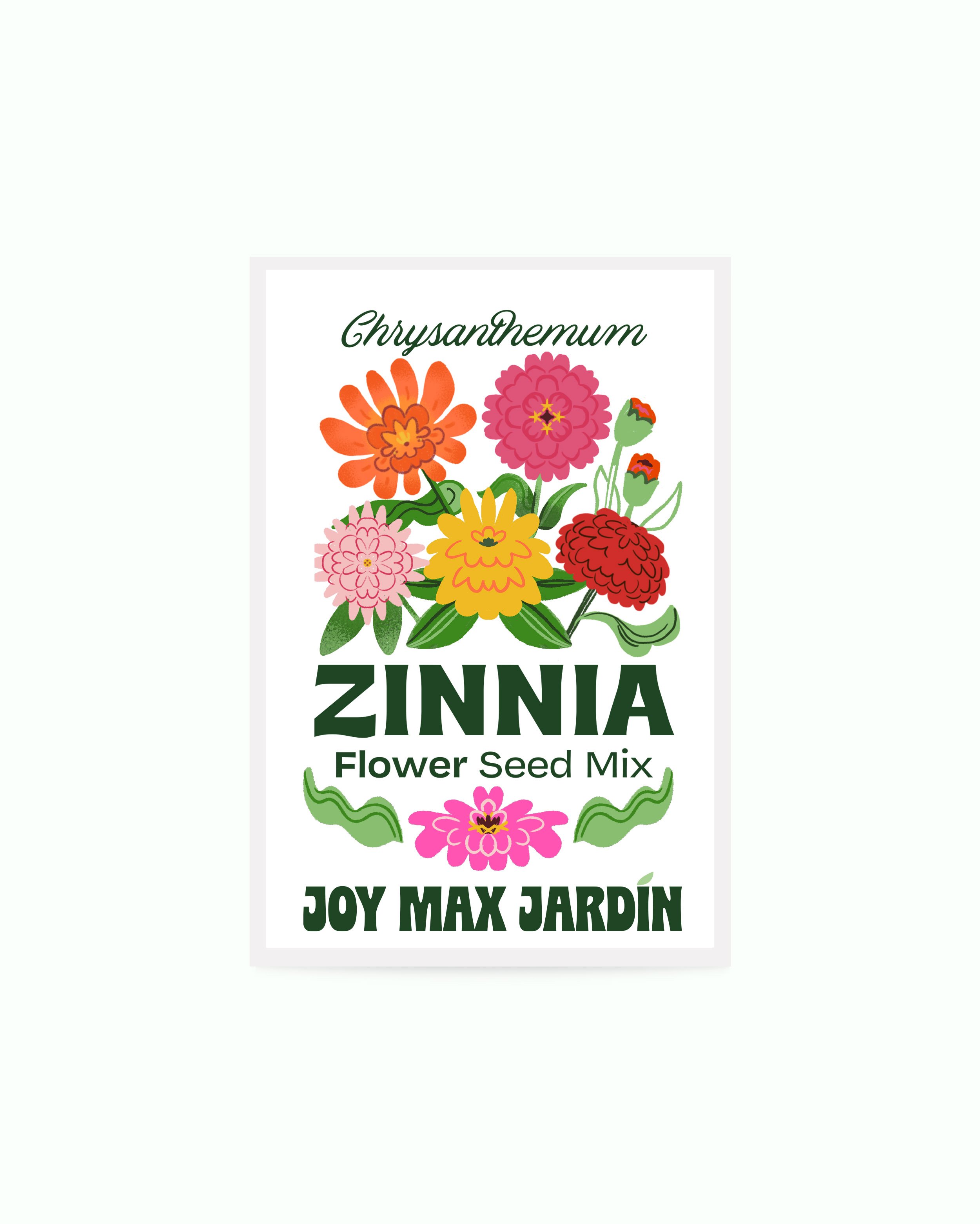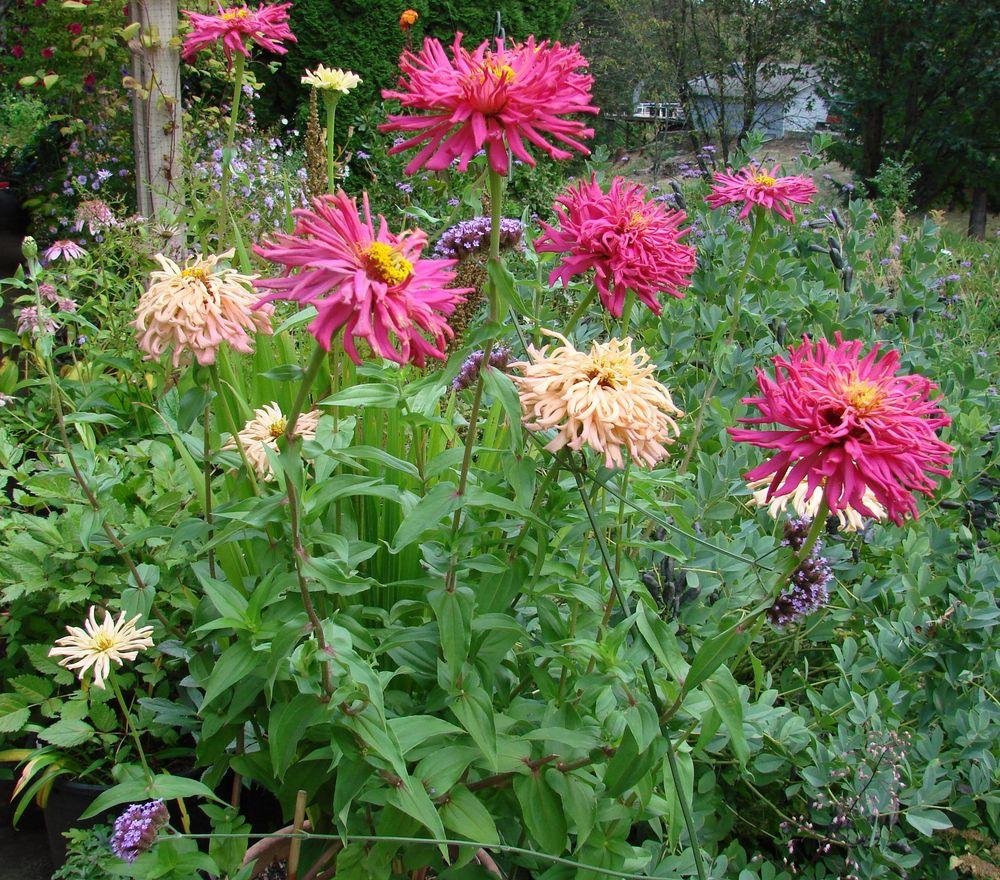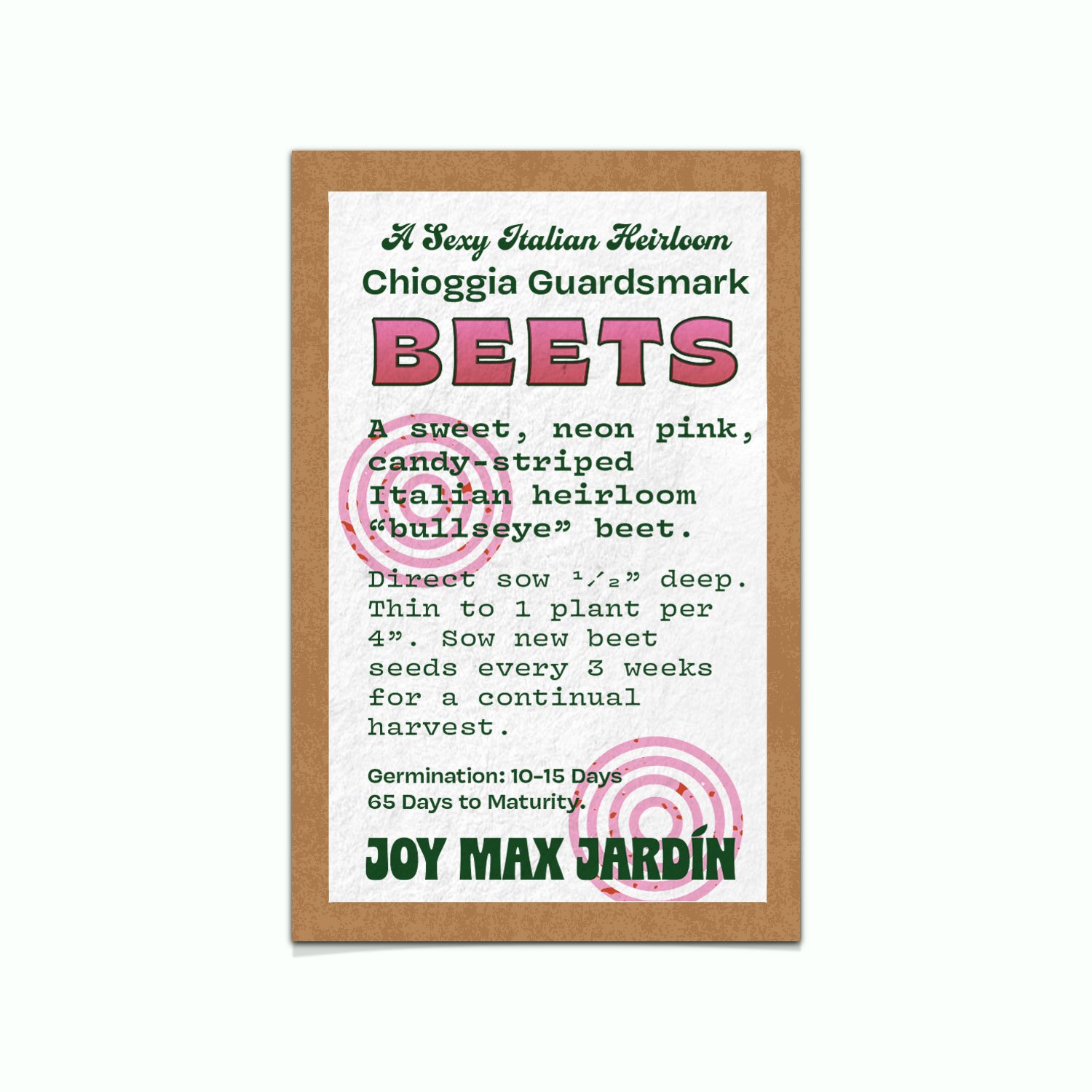Growing tips
Moonflower seed has a hard seed coat. To aid germination, scarify the seeds with sandpaper or nick the seed coat with fingernail clippers and soak the seed overnight. Seedlings will emerge in 7-14 days rather than 2-3 weeks later. Direct sow seeds in average soil in full sun two weeks after all danger of frost has passed. Moonflower is a vigorous vine; choose a location next to a support for the vines to climb. Moonflower is not generally recommended for containers unless they are very large. When night falls flowers open quickly, sometimes in less than a minute. Excellent plant for a patio where you may enjoy the summer evening outdoors.
Prepare soil by removing weeds and working organic matter into the top 6-8 inches; then level and smooth. Moonflower tends to prefer poor soils rather than highly enriched soil.
Sow seeds thinly and cover with 1/2 inch of soil.
Firm soil lightly and keep evenly moist but not wet. Keep an eye on seedlings and perhaps consider protecting them at this stage as they are vulnerable to slugs and snails.
Thin to stand 12 inches apart when plants are 1 to 2 inches high.
Do not fertilize unless the plants are showing a nutrient deficiency. Over-fertilizing may produce lush green vines with few flowers.
Remove plants after they are killed by heavy frost in the fall to avoid disease issues the following year. In zone 10 and warmer, vines are perennial.
Moonflower vines need little care and are easy to grow.
Plants can self-sow so allow some to set seeds at the end of the season if you would like it to come back next year. If you would like to prevent self-sowing, remove seed pods before the seeds are released. Collect the seeds when they are completely dry.






















